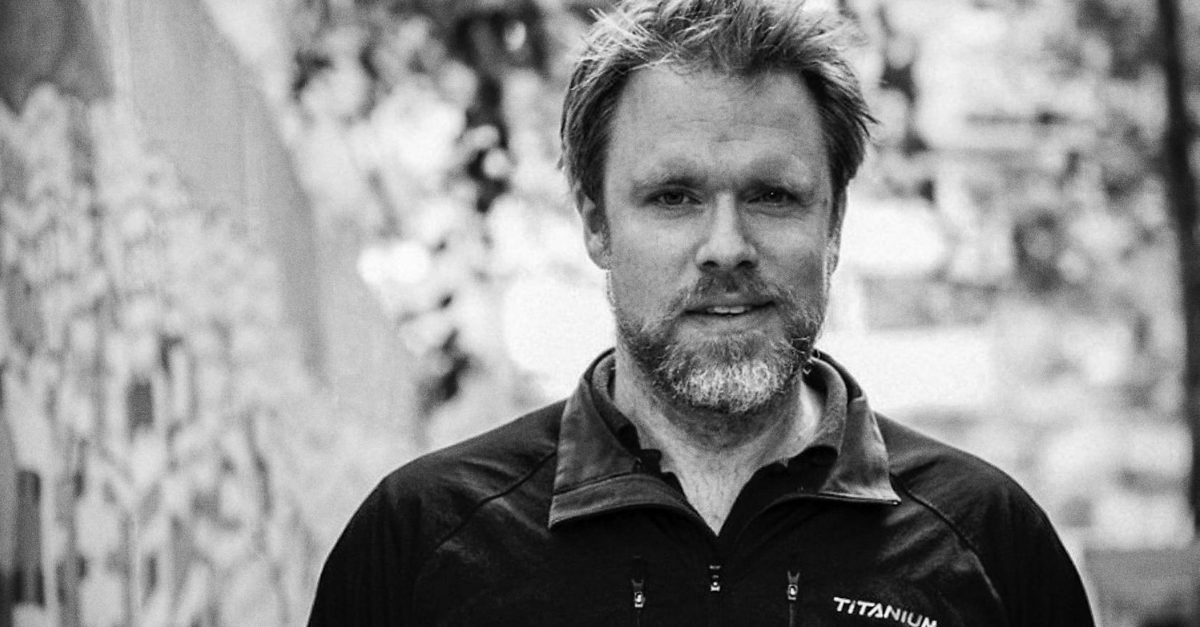This is how cities in the Global South can fight COVID-19 most effectively
Published in World Economic Forum
By Robert Muggah
The first wave of the COVID-19 pandemic may be receding in some parts of Western Europe, East Asia and North America, but it’s rapidly taking-off in Latin America, Africa and South Asia. Countries in these lower- and middle-income regions are experiencing spiraling infections, hospitalizations and deaths. Owing to a lack of testing, it is likely that the true numbers are significantly higher. The impact of COVID-19 depends not just on national preparedness, but also on the readiness of states and municipalities. What cities in Brazil, Nigeria or India do next will not only determine the health of their residents, but the fate of their national economies.
Whether rich or poor, all cities face similar challenges as COVID-19 spreads, especially the way it decimates under-serviced neighbourhoods. Many cities have shortfalls in testing kits, protective gear and medical equipment. Hospitals, clinics and ICUs are limited and unevenly distributed. Cities in developing countries have a triple burden, however, including low health capacities, jarring socio-economic inequalities and high levels of informality that make physical distancing, shelter-in-place and curfews virtually impossible to adhere to, much less enforce.
Read more




